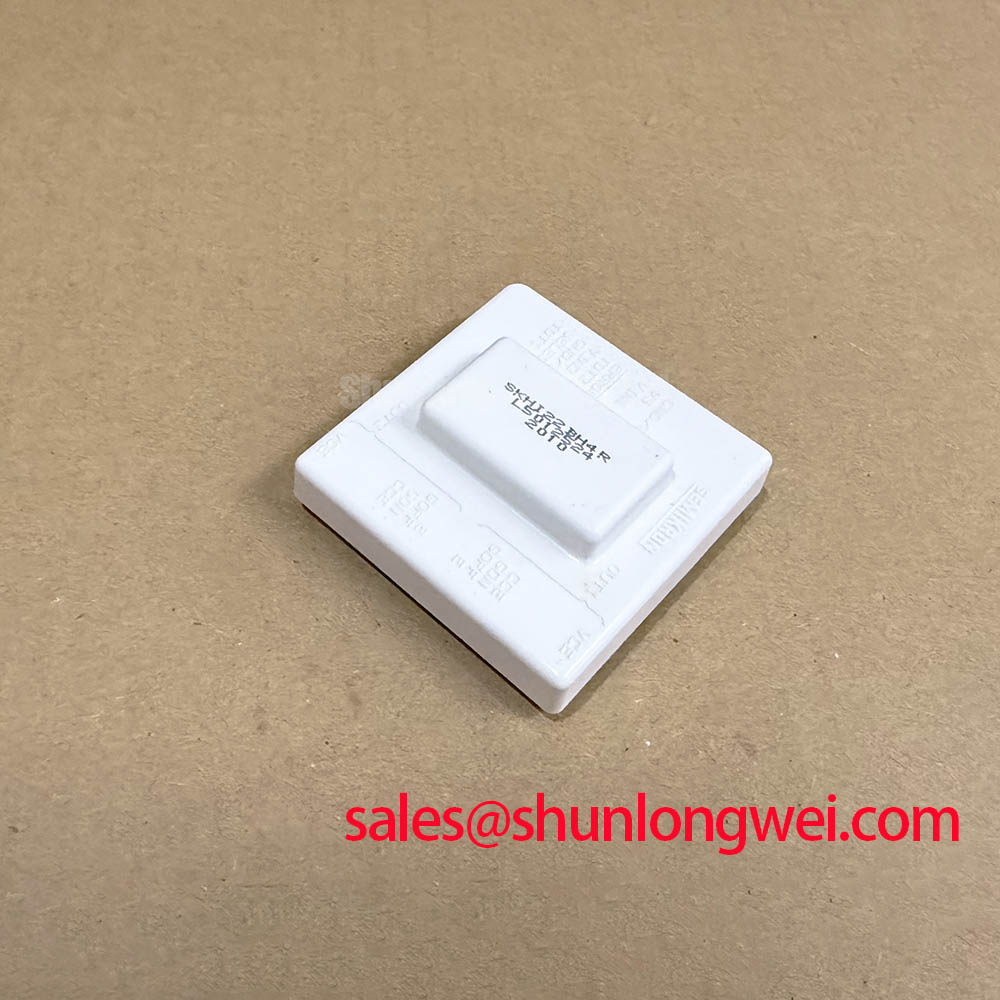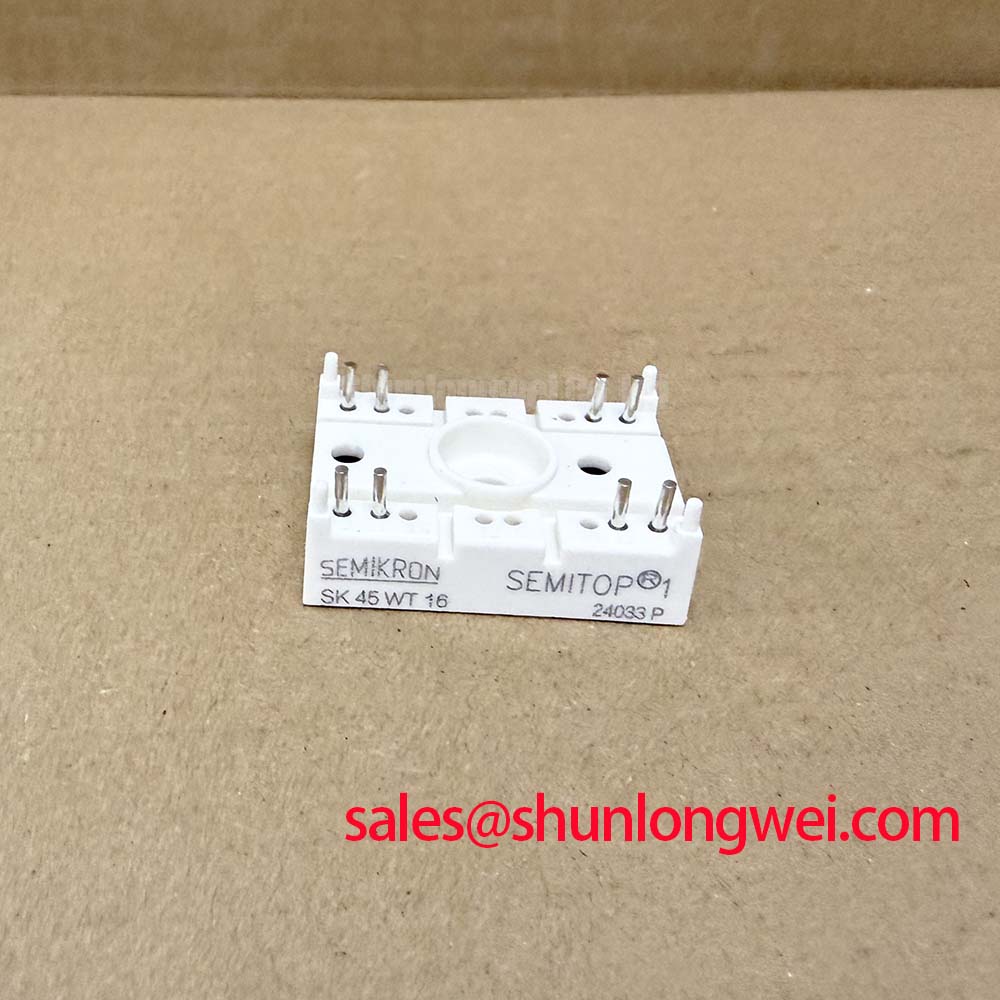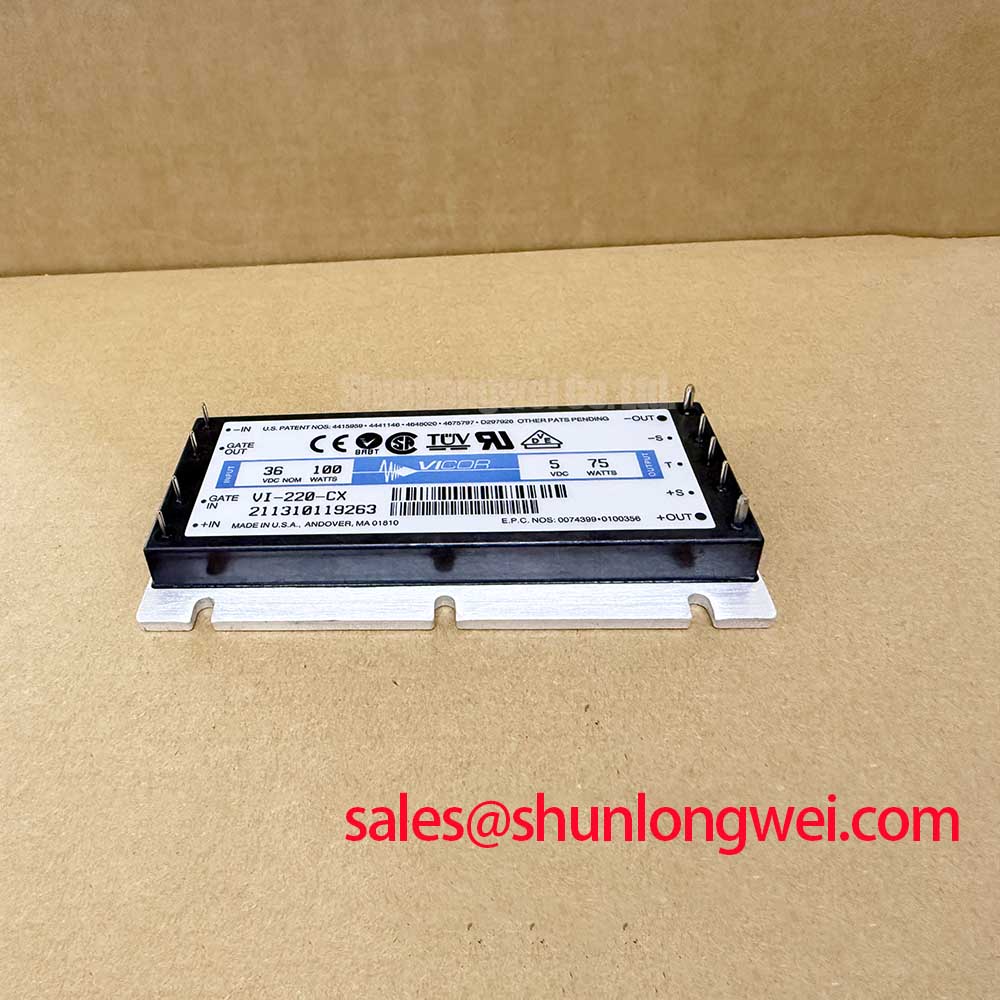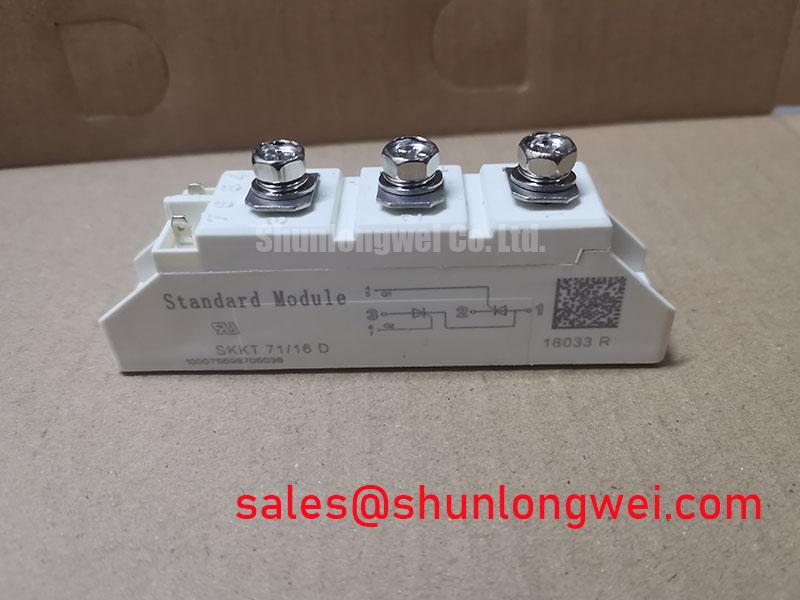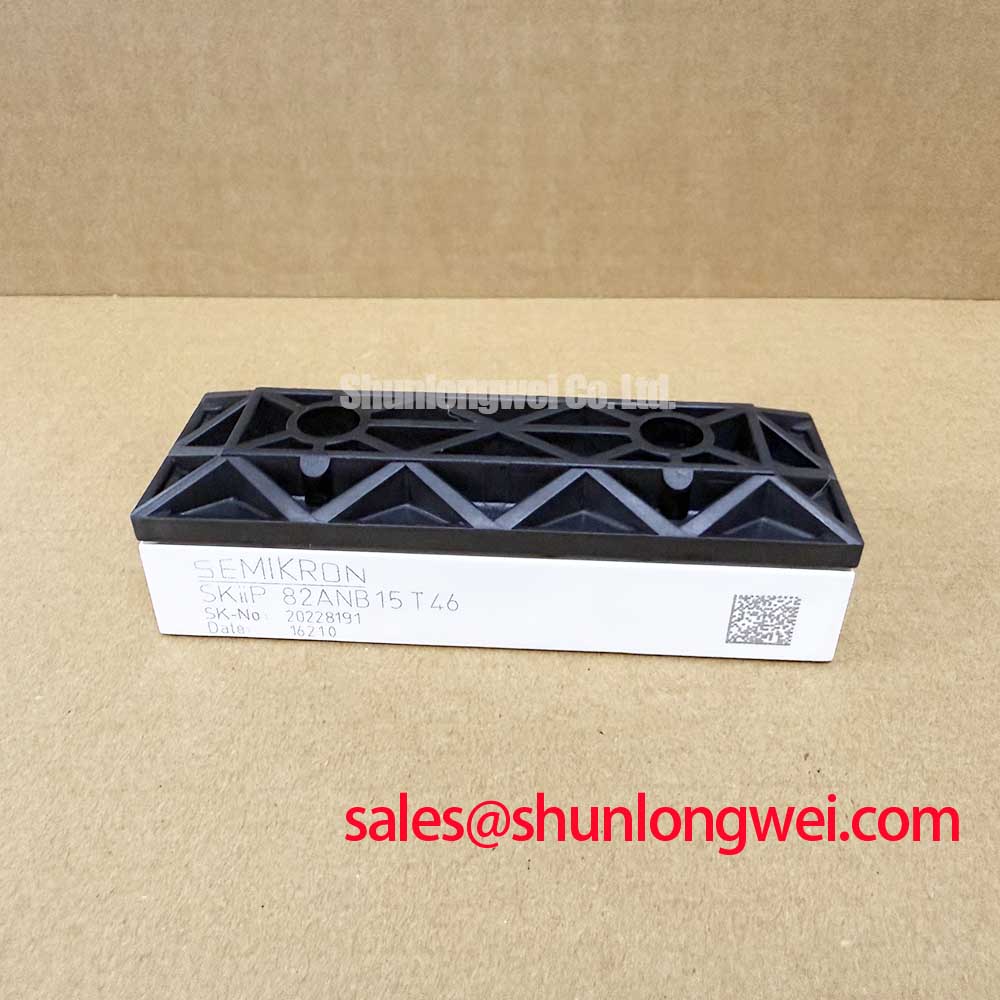Fuji 6MBP20RTA060 | Compact PIM for High-Efficiency, Low-Power Motor Control
The Fuji Electric 6MBP20RTA060 is an expertly engineered Power Integrated Module (PIM) designed to streamline and enhance the performance of low-power AC motor drives, servo systems, and other compact power conversion applications. By integrating a three-phase converter, brake chopper, and a three-phase inverter into a single, thermally efficient package, this module offers a significant reduction in system complexity, assembly time, and overall footprint.
- All-in-One Solution: Integrates a 7-pack configuration (three-phase diode bridge, brake chopper, and six-pack inverter) to minimize component count and simplify PCB layout.
- Optimized Performance: Employs advanced Trench Gate and Field-Stop (FS) IGBT technology, achieving an excellent balance between low conduction losses (VCE(sat)) and reduced switching losses.
- Enhanced Reliability: Includes a built-in NTC thermistor for precise, real-time temperature monitoring, enabling robust thermal protection schemes.
- High Power Density: Housed in a compact P-632 package, it is ideally suited for space-constrained industrial applications under 1.5 kW.
- Simplified Design: The integrated nature significantly reduces parasitic inductance compared to discrete solutions, leading to lower voltage overshoots and improved EMC performance.
Key Parameter Overview
The following specifications highlight the capabilities of the 6MBP20RTA060, providing a quick reference for design engineers. For a comprehensive list of electrical and thermal characteristics, download the official Fuji 6MBP20RTA060 datasheet.
| Parameter | Value |
|---|---|
| Collector-Emitter Voltage (VCES) | 600V |
| Continuous Collector Current (IC) @ TC=80°C | 20A |
| Collector-Emitter Saturation Voltage (VCE(sat)) Typ. @ IC=20A | 1.70V |
| Maximum Junction Temperature (Tj max) | 175°C |
| Integrated Components | Inverter IGBT, FWD, Brake Chopper, Diode Bridge Rectifier, NTC Thermistor |
| Package | P-632 |
Application Scenarios & Value Realization
The Fuji 6MBP20RTA060 is not just a component; it's a solution engineered to solve specific challenges in modern power electronics.
- Small Variable Frequency Drives (VFDs): In compact VFDs for pumps, fans, and conveyors, the PIM architecture drastically simplifies the manufacturing process. By replacing dozens of discrete components with a single module, it reduces assembly costs, minimizes potential points of failure, and accelerates time-to-market.
- Robotic and CNC Servo Drives: Precision matters in servo control. The 6MBP20RTA060's integrated brake chopper provides reliable and rapid regenerative braking control. Its low internal inductance ensures cleaner switching waveforms, contributing to the high-fidelity torque control required in demanding servo drive applications.
- HVAC and Appliance Motor Control: For residential and commercial HVAC systems, reliability and efficiency are paramount. The module's built-in NTC thermistor allows the system controller to monitor operating temperatures closely, preventing overheating and extending the lifetime of the unit. Its compact size is a perfect fit for modern, space-saving appliance designs.
Technical Deep Dive: The PIM Advantage
The core value of the 6MBP20RTA060 lies in its sophisticated integration and underlying semiconductor technology. Understanding these elements is key to leveraging its full potential.
First, the Power Integrated Module (PIM) topology offers inherent engineering benefits. By co-packaging the rectifier, brake, and inverter stages on a single Direct Bonded Copper (DBC) substrate, Fuji minimizes the power loop lengths. This is critical for reducing stray inductance—a major cause of voltage overshoot and ringing during high-speed switching. The result is a more stable system that requires less snubber circuit complexity and generates less electromagnetic interference (EMI), simplifying the overall system qualification process.
Second, the use of Trench Gate Field-Stop (FS) IGBT technology provides a balanced performance profile tailored for motor drive frequencies (typically 2-15 kHz). The Trench Gate structure lowers the on-state resistance, leading to a low VCE(sat) and thus lower conduction losses. Simultaneously, the FS layer allows for a thinner silicon die, which reduces the turn-off switching energy (Eoff). This optimized trade-off ensures high operational efficiency across the entire load cycle, a crucial factor in meeting modern energy standards. For a deeper understanding of this balance, explore our guide on IGBT selection for high-frequency designs.
Frequently Asked Questions (FAQ)
What are the critical thermal design considerations for the 6MBP20RTA060?
Effective thermal management is crucial. The module's single, flat baseplate provides an excellent thermal interface to a heatsink. Ensure uniform application of a high-quality thermal interface material (TIM) and proper mounting torque to minimize contact resistance. The integrated NTC thermistor should be connected to your controller's ADC input to implement over-temperature protection, derating, or even diagnostic fault logging, which is a cornerstone of robust system design.
When is this PIM a better choice than a fully discrete IGBT/diode solution?
The decision hinges on design priorities. The 6MBP20RTA060 is the superior choice for applications under 1.5 kW where design compactness, manufacturing speed, and proven reliability are the primary goals. While a discrete solution offers more granular layout flexibility, it comes with the cost of a higher component count, more complex PCB routing, and greater challenges in managing parasitic inductance and ensuring consistent thermal performance across all components. For projects prioritizing speed and integration, a PIM is almost always more efficient from a total system cost perspective. If you are debating this trade-off, contact our technical team to discuss your specific application needs.














